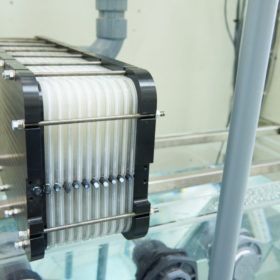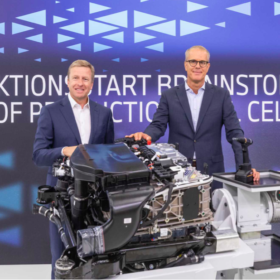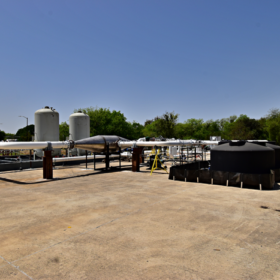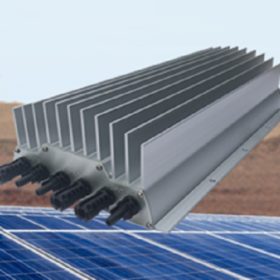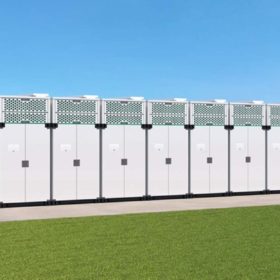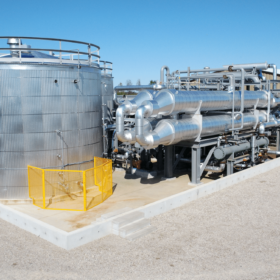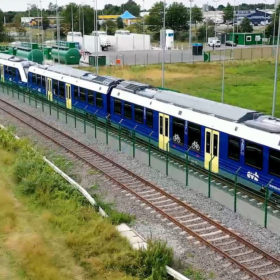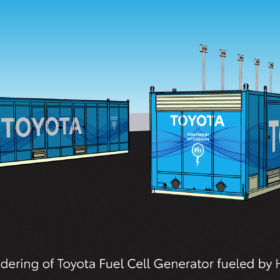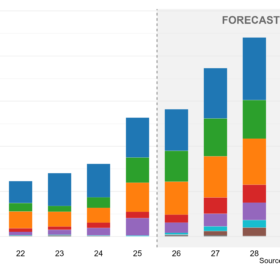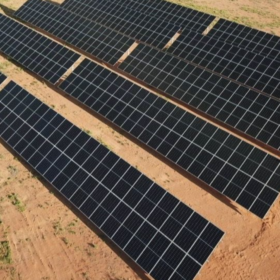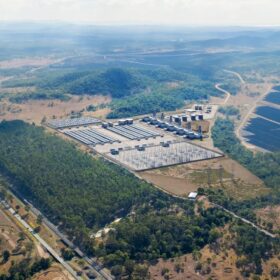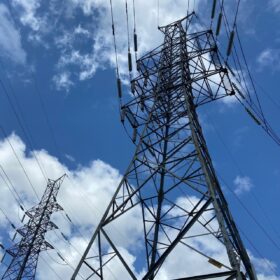Zinc8 to manufacture its first zinc-air batteries in US market
Canadian battery developer Zinc8 Energy Solutions has announced plans to begin battery production in the United States, incentivised by manufacturing production credits in the US Inflation Reduction Act.
BMW starts in-house production of fuel cells for iX5 Hydrogen
BMW Group said it is targeting the premium segment with its iX5 Hydrogen car, Topsoe revealed that it will invest US$267 million (AU$392m) to build the world’s largest SOEC electrolyzer plant in Denmark, and Bosch announced plans to invest US$200 million (AU$292m) in US fuel cell production.
Pumped heat energy storage seeks to demonstrate commercial readiness
Southwest Research Institute (SwRI) has commissioned a first-of-its-kind pilot plant pumped heat energy storage demonstration facility with tech from US startup Malta. Its 10-150+ hour energy storage technology is said to be applicable in a range of grid-scale applications.
Enphase partners with Home Connect to manage home appliances from single app
Integrated clean home energy and smart appliances platform lets users run appliances on battery-stored solar energy in pre-determined time frames.
SolarEdge under investigation for alleged patent violations
The US International Trade Commission has launched a new investigation into SolarEdge, following a lawsuit from power electronics specialist Ampt.
US battery manufacturer enters Australia through 1.7 GWh deal with BlackRock’s Akaysha
US battery company Powin has agreed to deploy 1.7 GWh of energy storage systems in Australia over the next two years after entering a partnership with Victorian developer Akaysha Energy. The news tops a big month for Akaysha which was acquired by US giant BlackRock two weeks ago.
Hydrostor’s 500 MW/4 GWh compressed air storage project
Hydrostor has selected an engineering company to provide front-end studies for a 500 MW compressed air energy storage project in California.
Germany launches world’s first operating hydrogen trains
Germany has launched the world’s first operational hydrogen trains and US researchers have presented a novel design for a tubular PEM fuel cell. ABB and Hydrogen Optimized, meanwhile, have expanded their strategic ties and Slovakia has moved forward with a major gas-blending pilot project.
California to ban petrol car sales by 2035
The electrification of transportation is set to boost the need for solar energy buildout.
Toyota partners with US agency to develop MW-scale fuel cell systems
The two will study the scaling and integration of fuel cell systems for stationary power generation.
